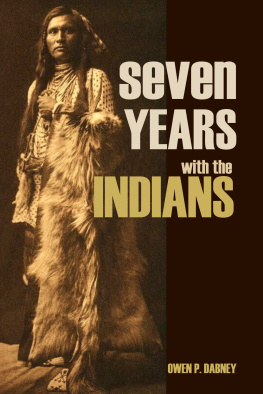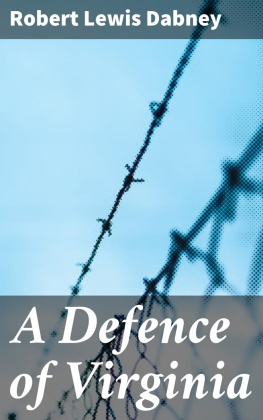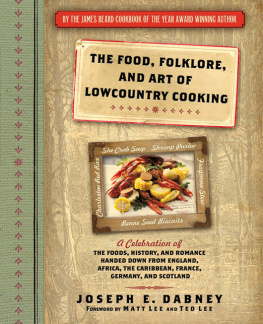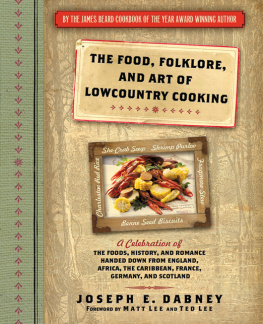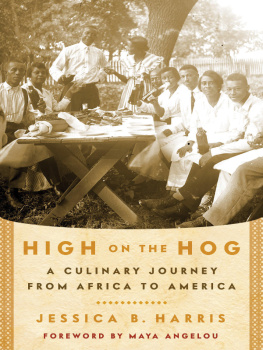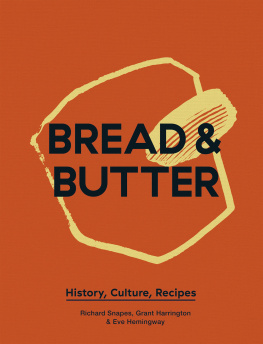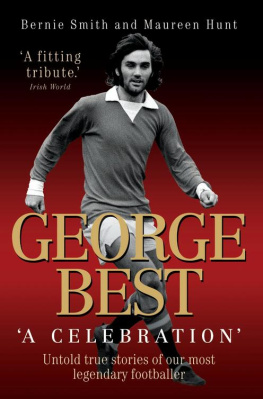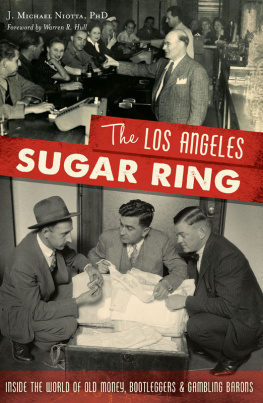


Published by American Palate
A Division of The History Press
Charleston, SC
www.historypress.net
Copyright 2017 by Maureen Egan and Susan Winiecki
All rights reserved
Front cover, top right: Richmond Dairy at Marshall and Jefferson Streets. Cook Collection, The Valentine.
First published 2017
e-book edition 2017
ISBN 978.1.43966.314.1
Library of Congress Control Number: 2017945027
print edition ISBN 978.1.46713.815.4
Notice: The information in this book is true and complete to the best of our knowledge. It is offered without guarantee on the part of the authors or The History Press. The authors and The History Press disclaim all liability in connection with the use of this book.
All rights reserved. No part of this book may be reproduced or transmitted in any form whatsoever without prior written permission from the publisher except in the case of brief quotations embodied in critical articles and reviews.
To our husbands, who put up with our bits (OK, piles) of paper and to the memory of Lillian W. Raible, who taught Winesburg, Ohio, and much more
CONTENTS
FOREWORD
Dear Reader,
Im not gonna take too much of your time here, as I want you to get right to the topic at hand: Richmond and food and history and a rich assortment of folks exhibiting incredible pluck and bravery and gumption, not to mention great cooking and entrepreneurial spirit! The stories Maureen and Susan are sharing here are not run-of-the-mill civic boosterismthe aint our city grand? successes.
No, weve got a dynamic woman who insisted on creating clubs to teach girls home economics in the early twentieth century while herself participating in the suffragist movement, the ultimate winning of the womens vote and the founding of the Virginia League of Women Voters. There is the self-emancipated chef and caterer who insisted on paying his former owner to the last penny for his freedom but who also confided a core truth in his day to his son: All your books havent taught you never to let a white man know how much you really know about anything except hard work.
The James River is a major character with its eighteenth- and nineteenth-century flour mills clustered along its banks sending flour around the world and the rivers history of the ancient sturgeon once plentiful, then nearly driven to extinction and now, after much community effort, a proud resident again. Theres an unexpected metal industry, there is a warehouse full of exotic spices and they are side by side with cozy tearooms, box lunch restaurants that still have loyal customers lining up out the doors and lunch counters in fancy department stores where African American students won their rights to be served. These stories offer us a Richmond that many do not know but all will be the better for knowing.
LENI SORENSEN, PHD
Culinary Historian
Crozet, Virginia
PREFACE
During the winter he read to her all of the odds and ends of thoughts he had scribbled on the bits of paper. After he had read them he laughed and stuffed them away in his pockets to become round hard balls.
Sherwood Anderson, Paper Pills
This book reminds us of all the scribbled, stuffed-away notes that Dr. Reefy in Winesburg, Ohio was finally able to share with someone who truly cared.
Since the fall of 2010, we have walked Richmonds neighborhoods, giving food tours that weave together history, neighborhood news and culinary highlights. Weve planned dining events that draw from our citys past while making contemporary connections. Through each tour and event, we have gathered notes and tucked them away. This book represents the unfurling of our paper pills.
Our book isnt a history of Richmond restaurants and how they got their names but, rather, a tale in chapters of how our city has changed over four hundred years through the lens of food and its makers.
Richmond is a complex place, always deserving of a better telling of its story through voices that often werent heard and well documentedthe voices of Native Americans, the voices of free and enslaved blacks, the voices of women and the voices of immigrants and other outsiders. We try to offer those.
We also try to share the stories of some of its firststhe first truly regional cookbook, the first technical education classes, the first test market for aluminum foil and the first manufacturer to package extracts for the consumer.
Through naturalization papers, census records, scribbled drawings, hefty scrapbooks and the help of the citys giving reference librarians, we have pieced together stories of some amazing Richmond characters you may be reading about for the first time. For others, we hope that you get to know them a little better. Some of our subjects knew how to work a system they found themselves in to their best advantage. Others set their own brave course. All were marketers extraordinaire in their own right, using everything from recipes for turtle soup to customer testimonials to turn heads or change minds.
Anderson used twenty-two stories to paint a portrait of the small town of Winesburg; we use twenty-four chapters to paint ours of Richmond. And weve already started collecting more bits of paper for the next.
ACKNOWLEDGEMENTS
We hesitate to write this section, as we fear both never getting to the end of our thank-yous and leaving out someone who deserves our appreciation. Lets start with the Richmond food and drink community, which has embraced and supported our food tours and other events with its cheery collaborative nature and enthusiasm. Were grateful you keep letting us in! And thanks so much to those who have walked with us around townin person or on Twitterwho are as curious as we are and as fascinated by the tales Richmond has to tell. We feel a debt of gratitude to the people whose stories we tell. Through it all, weve learned about the persuasive power of turtle soupespecially the version served in Richmond by Anna Cora Mowatt to Virginia legislators, who, in turn, voted to allow women to incorporate businesses in 1856. And we learned that there was absolutely nothing dainty about the women who served dainties in Richmond.
To the keepers of so many storiesthe Valentine, the Black History Museum and Cultural Center, the Virginia Historical Society, VCUs James Branch Cabell Librarys Special Collections and Archives, the Richmond Public Librarys Main Branch and the Library of Virginiawed be lost without you and your attentive staffs. Thanks, too, to our co-workers at all of our ventures. Thank you for understanding that the glazed look in our eyes wasnt due to lack of interest in what you were saying but from another late-night deadline. And finally, a heartfelt thank-you to our families, especially our husbands, who have heard us go on about this quirky discovery and that little-known pioneer but havent heard us say thank you often enough. Thank you all for everything. We mean it!
CHAPTER 1
THE THREE SISTERS
AND THE CHIEF
Virginia Indians Influence
Much of what passes for culinary trends todayfarm-to-table, nose-to-tail, eating local, eating seasonallywas embedded in the culture of the Native American tribes that lived in the area that is now Virginia for thousands of years before Spanish and English explorers arrived. When the English came ashore in 1607 near present-day Jamestown, they set foot on Powhatans land. Powhatan was the paramount chief of multiple tribes that lived from the Chesapeake Bay to the Falls of what was then known as the Powhatan River (now the James) and northward to the Potomac River. You might know him as the father of Pocahontas as well.
Next page


